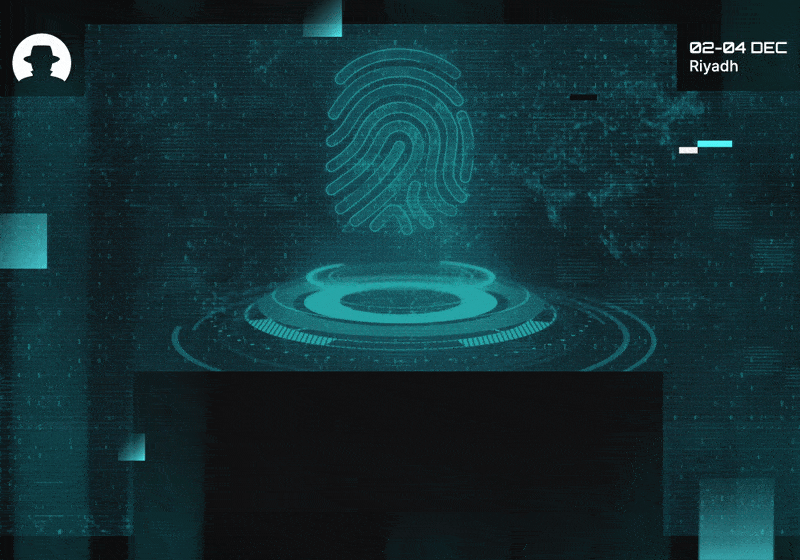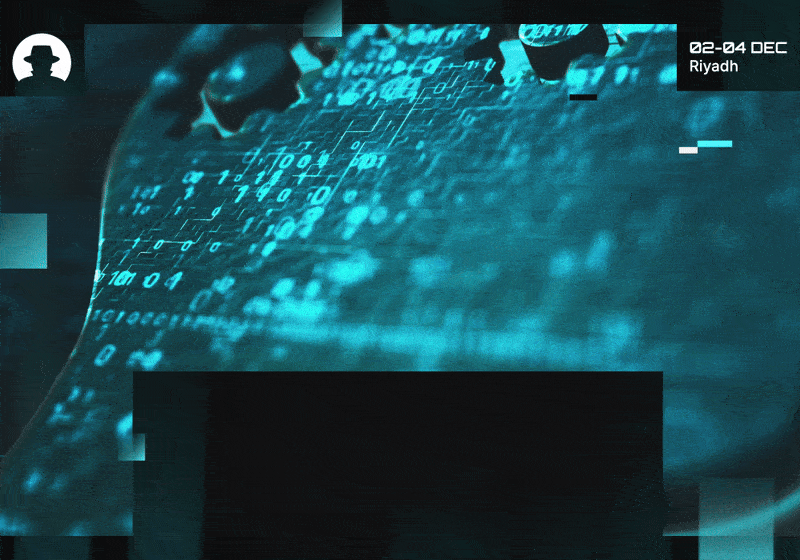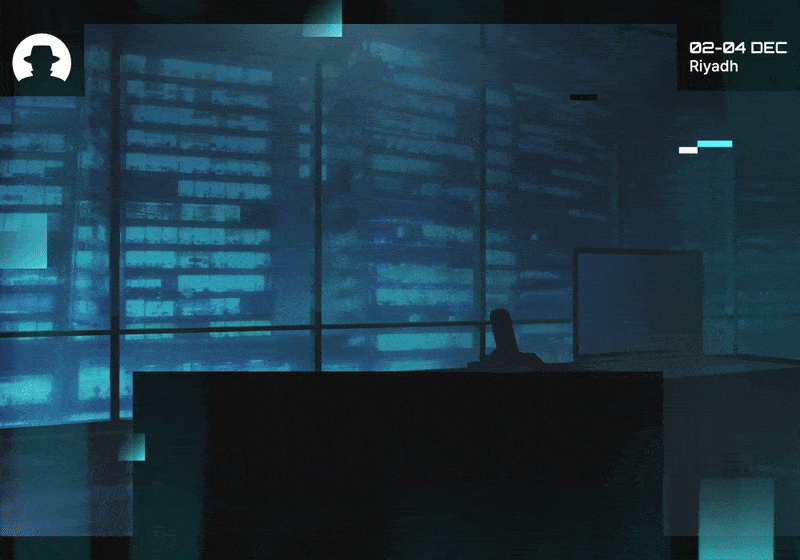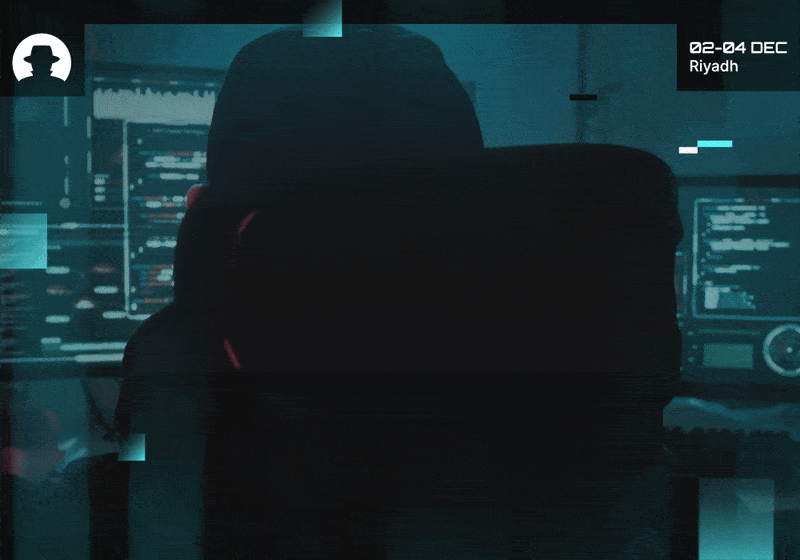
How synthetic identities are becoming a global fraud engine
Synthetic identity fraud is accelerating fast as GenAI supercharges deepfakes, onboarding attacks and fraud rings. Here’s what CISOs need to know now.
Read More
Build cyber resilience with exclusive interviews, insights, and inspiration from the global Black Hat MEA community.
Communication.
Because this week on the blog, two very different leaders offered a shared message: for CISOs in the future, communication will be the difference between resilience and failure.
From fables to frameworks, here’s how Matthias Muhlert (Cyber Chef at Dr. August Oetker KG - Die Oetker-Gruppe) and Bernard Assaf (CISO at Airbus) are rewriting what it means to lead in security.
“Metaphor isn’t decoration; it’s the elevator that still works when the stairs are on fire.”
We asked Muhlert to talk about communication in cybersecurity, and he took it to another level – he came up with five fables about how communication really works.
In the first fable, he warned against jargon that alienates non-technical stakeholders. A child’s dragon drawing did more to win boardroom attention than a 400-page risk register.
His point is that language shapes urgency. Metaphor moves people. And a brief, high-impact story can build bridges where alert dashboards can’t.
Read all five fables from Muhlert over on the blog.

“The most valuable advice I can offer is this: strive to be someone people genuinely want to work with.”
For Assaf, what makes a CISO effective is patience, empathy, and unwavering integrity. Whether you’re embedding secure-by-design into dev pipelines or inspiring cultural change, leadership starts with trust.
And that trust has to be earned. Make the people around you feel important; show them that their ideas matter; and be willing to admit when you don’t know something.
Read the full interview to see how Assaf measures real cultural change.
Muhlert and Assaf both emphasised that strong communication isn’t just a nice thing to have on top of technical skills; it’s absolutely central to driving behavioural change and building cyber resilience.
Muhlert said “clarity is subtraction, not translation.”
And Assaf urged us to recognise that storytelling is a tool “to make the threats more relatable, the risks more realistic, and the message more memorable.”
Together, they encourage CISOs to lead with narratives, not frameworks – because it’s the stories that will create real, lasting change.
Want to learn directly from an international lineup of CISOs who know exactly how to make their story count?
Join Matthias Muhlert and Bernard Assaf at Black Hat MEA 2025. We can’t wait to see you there.
Join the newsletter to receive the latest updates in your inbox.

Synthetic identity fraud is accelerating fast as GenAI supercharges deepfakes, onboarding attacks and fraud rings. Here’s what CISOs need to know now.
Read More
New data shows where CFOs are putting their money – and how CISOs can position cybersecurity amid AI hype and tech transformation pressures.
Read More
In Dune, power flows to the one who can destroy a thing. In cybersecurity, attackers now hold similar leverage over identity and systems.
Read More